Phlegm-Heat
The information provided here is not a replacement for a doctor. You shouldn't use it for the purpose of self-diagnosing or self-medicating but rather so you can have a more informed discussion with a professional TCM practitioner.
At a glance
Preliminary reading: What is a pattern? The concept of Phlegm The concept of Heat
Key attributes
Chinese name: 热痰 Pinyin name: Rè Tán
Pattern nature: Full
Pattern hierarchy: General pattern with specific forms like Phlegm-Heat in the Lungs
Causes
Precursor patterns: Stomach Qi Stagnation Dampness in the Gallbladder Damp-Heat in the Gallbladder
Common causes: Diet
Diagnosis
Common symptoms: Depression Mucus in stools A feeling of oppression in the epigastrium
Pulse type(s): Rapid (Shu), Slippery (Hua)
Tongue description: Red swollen tongue with yellow sticky coating
Treatment
Treatment principle: Resolve Phlegm, clear Heat.
Common formulas: Wen Dan Tang Ding Chuan Tang Qing Qi Hua Tan Wan and one other formulas
Pathology
Phlegm-Heat is a pattern that typically occurs when Dampness or Body Fluids combine with pathogenic Heat. In this case the Heat either invades from the Exterior or is generated by emotional disorders, long-term illness, poor diet or other internal disharmonies.
The Heart is associated with Fire, while the Lungs are the Organ that is most sensitive to temperature (both hot or cold). Thus, these are the two Organs most closely affected by Phlegm-Heat, as can be seen in the symptoms. Phlegm-Heat in the Stomach can affect the Mind and cause severe mental symptoms such as manic depression.
Common symptoms include the coughing of thick, yellow, viscous sputum that is difficult to expectorate, a red and flushed face, a yellow tongue coating and a rapid pulse. There may also be dizziness, palpitations, impaired consciousness, epilepsy, or spasms.
Because Heat is the cause of the Phlegm in this pattern, it too must be addressed to resolve the Phlegm.
Causes
Precursor patterns: Phlegm-Heat can derive from Stomach Qi Stagnation Dampness in the Gallbladder Damp-Heat in the Gallbladder
Diet: It can be caused by excessive consumption of hot greasy foods, such as deep fried foods.
Diagnosing Phlegm-Heat
Diagnosing a pattern in Chinese Medicine is no easy feat and should be left to professional practitioners. In particular one has to know how to differentiate between different types of pulses and tongue coatings, shapes and colors as well as learn to read from a long list of seemingly unrelated symptoms.
Pulse type(s): Rapid (Shu) or slippery (Hua)
Tongue description: Red swollen tongue with yellow sticky coating
Main symptoms: Depression Mucus in stools A feeling of oppression in the epigastrium
Diagnosis commentary: Key characteristic symptoms of this pattern are the sticky yellow Phlegm and feeling of chest oppression.
Treating Phlegm-Heat
Treatment principle
Resolve Phlegm, clear Heat.
Herbal formulas used to treat Phlegm-Heat
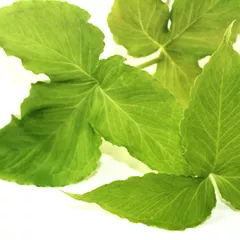
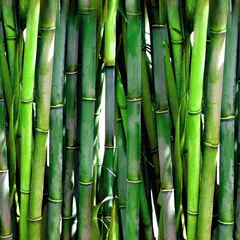
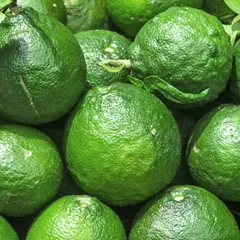
The top herbs in Wen Dan Tang are Crow-Dipper Rhizomes (Ban Xia), Bamboo Shavings (Zhu Ru) and Immature Bitter Oranges (Zhi Shi)
Wen Dan Tang
Source date: 1174 AD
Number of ingredients: 8 herbs
Key actions: Clears Phlegm. Clears Gallbladder. Regulates Qi. Harmonizes the Stomach.
Formula summary
Wen Dan Tang is a 8-ingredient Chinese Medicine formula. Invented in 1174 AD, it belongs to the category of formulas that dry Dampness and transform Phlegm.
Besides Phlegm-Heat, Wen Dan Tang is also used to treat Phlegm Misting the Heart or Gallbladder Deficiency.
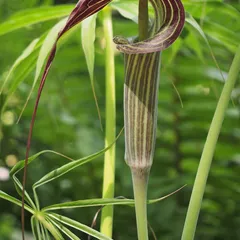

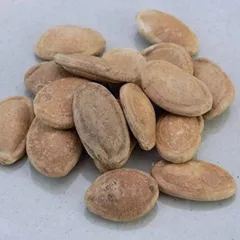
The top herbs in Qing Qi Hua Tan Wan are Arisaema With Bile (Dan Nan Xing), Baikal Skullcap Roots (Huang Qin) and Snake Gourd Seeds (Gua Lou Ren)
Qing Qi Hua Tan Wan
Source date: 1584 AD
Number of ingredients: 8 herbs
Key actions: Clears Heat. Transforms Phlegm. Directs Rebellious Qi downwards. Stops coughing.
Formula summary
Qing Qi Hua Tan Wan is a 8-ingredient Chinese Medicine formula. Invented in 1584 AD, it belongs to the category of formulas that clear Heat and transform Phlegm.
Besides Phlegm-Heat, Qing Qi Hua Tan Wan is also used to treat Lung Heat or Phlegm-Heat in the Lungs.
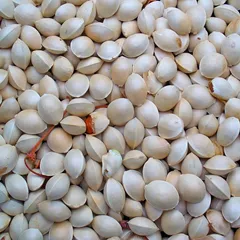
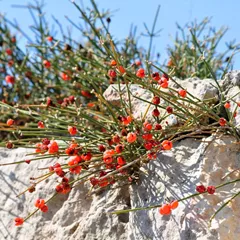
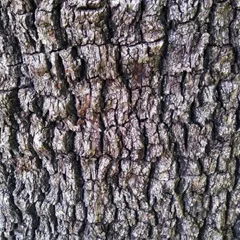
The top herbs in Ding Chuan Tang are Ginkgo Nuts (Bai Guo), Ephedra (Ma Huang) and Mulberry Bark (Sang Bai Pi)
Ding Chuan Tang
Source date: 1550 AD
Number of ingredients: 9 herbs
Key actions: Clears Lung Heat. Expectorant for asthma.
Formula summary
Ding Chuan Tang is a 9-ingredient Chinese Medicine formula. Invented in 1550 AD, it belongs to the category of formulas for a rebellious Qi.
Besides Phlegm-Heat, Ding Chuan Tang is also used to treat Wind-Cold invading the Interior with Phelgm-Heat.
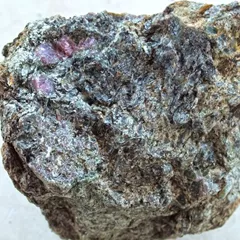
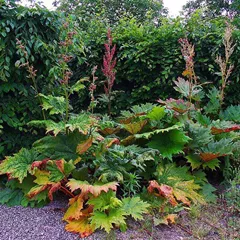

The top herbs in Gun Tan Wan are Chlorite Schist (Meng Shi), Rhubarb (Da Huang) and Baikal Skullcap Roots (Huang Qin)
Gun Tan Wan
Formula summary
Gun Tan Wan is a 4-ingredient Chinese Medicine formula. Invented in 1396 AD, it belongs to the category of formulas that clear Heat and transform Phlegm.
Besides Phlegm-Heat, Gun Tan Wan is also used to treat Phlegm Misting the Heart.
